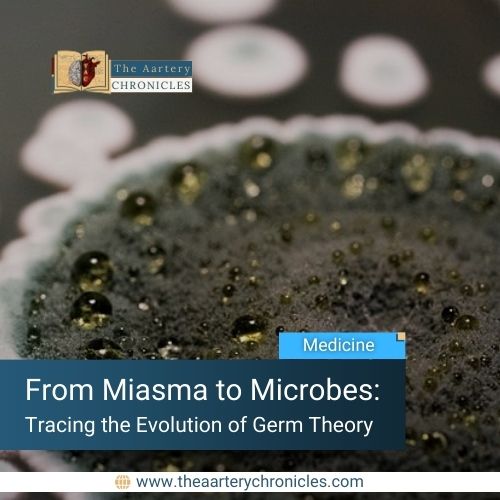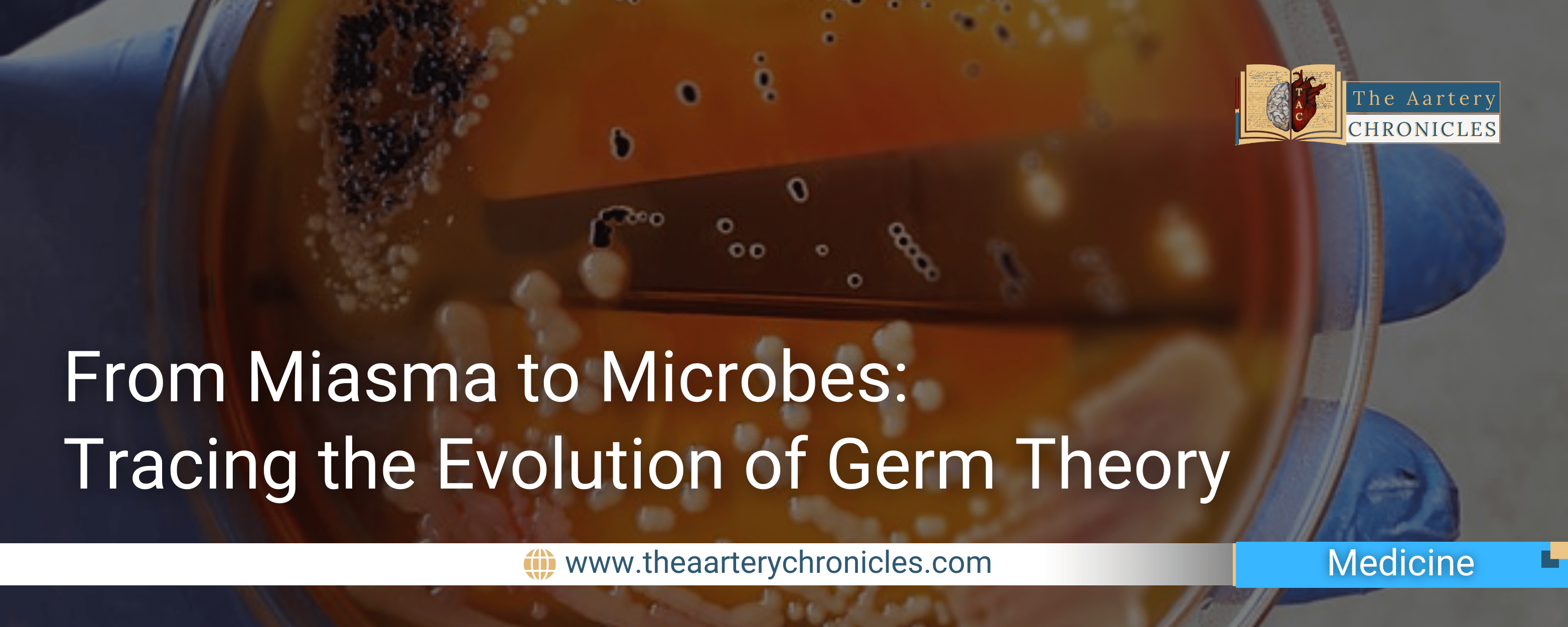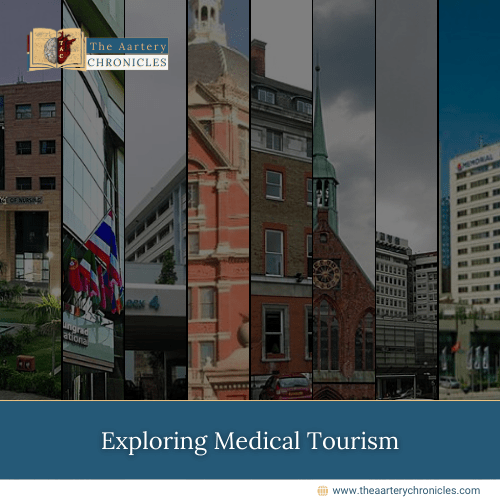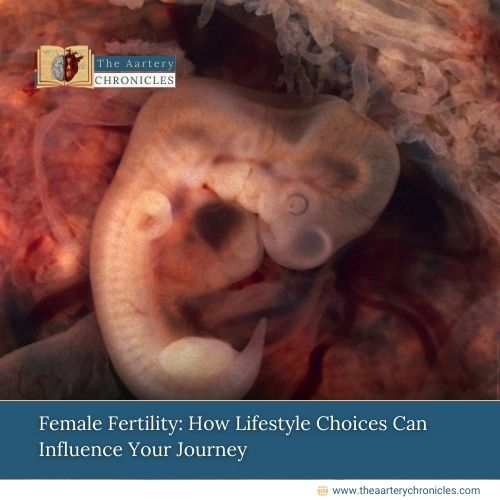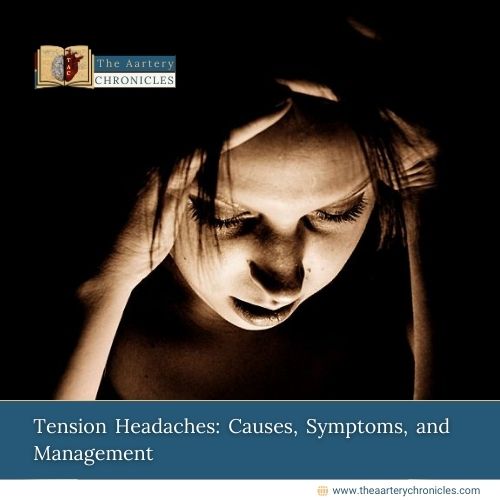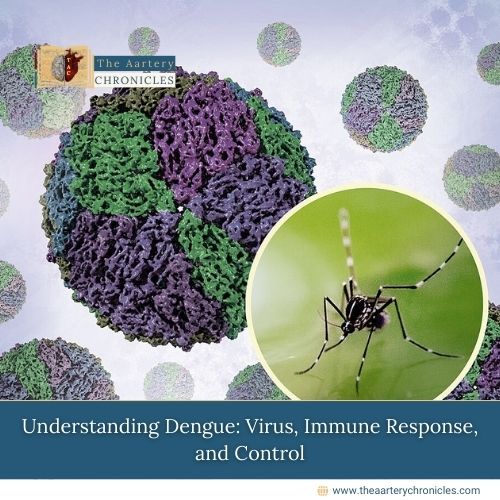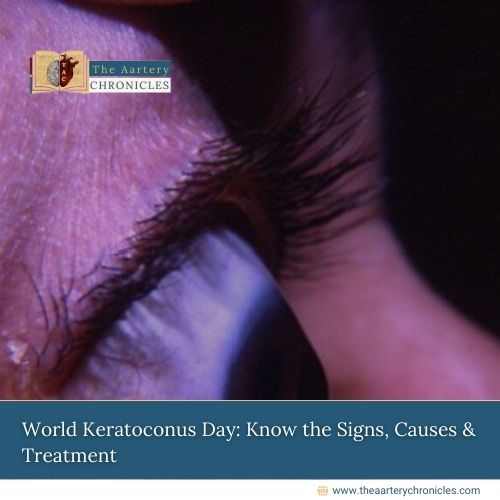From Miasma to Microbes: Tracing the Evolution of Germ Theory
Germ theory is a fundamental concept in medicine that proposes that most infectious diseases are caused by the presence and actions of microorganisms, such as bacteria, viruses, fungi, and parasites. Seen as the paramount revelation in medical history, the germ theory compelled the medical community to reassess their understanding of disease. It presented opportunities for preventing and treating illnesses while also driving the exploration and application of novel technologies in the fight against disease.
Embarking on a historical expedition through the annals of medicine, we traverse the transformative journey of germ theory in this article.
Ancient Insights (Pre-16th Century)
Ancient civilizations, including the Egyptians, Greeks, and Romans, pondered the mysterious origins of disease, often attributing them to supernatural forces or environmental factors. Early physicians, such as Hippocrates and Galen, proposed theories of bodily humors but speculated about invisible “miasma” as a potential cause of illness.
- Four humors theory: Hippocrates, often hailed as the “Father of Medicine,” proposed the theory of the four humors, suggesting that imbalances in bodily fluids—blood, phlegm, black bile, and yellow bile—were responsible for illnesses and disease.
- Miasma Theory: The ancient miasma theory, credited to Hippocrates, originated from the Greek term for pollution, or “bad air.” According to this theory, decomposing particles from organic matter, such as plants or animals, contaminated the air, emitting a foul odour. Those who breathed in this “bad air” were believed to fall ill.
- Spontaneous generation of disease theory: Aristotle (384-322 BCE), the Greek philosopher, proposed the concept of spontaneous generation of disease, suggesting that living organisms could arise from non-living matter.
- Galen’s extension of the four humors theory: Galen (129-216 CE), a Roman physician, expanded upon Hippocrates’ theories regarding the imbalance of bodily fluids as the underlying cause of disease. Galen associated each of the four humors with specific seasons characterized by hot, cold, dry, and wet. For instance, he noted that colds and flu-like illnesses tended to be more prevalent during cold and wet weather conditions.
Seeds of Contemplation (16th-17th Century)
Contagion disease theory: Girolamo Fracastoro (1476-1553), an Italian physician, was recognized for being the first to utilize the term “contagion” when explaining the transmission of illness. His theory of “seeds of disease” contended that diseases could be disseminated through direct or indirect contact, or even over long distances without any contact at all.
Justus von Liebig’s theory: Justus von Liebig (1803-1873), a German chemist and one of the early pioneers of organic chemistry, proposed that diseases arose in the blood as a consequence of a chemical process stemming from the decay of organic matter. He referred to the blood as the body’s “chemical factory.”
Discovery of the Microscope: Antonie van Leeuwenhoek (1632-1723), a Dutch microbiologist, invented the initial single-lens microscope, allowing him and fellow researchers to observe and work with microorganisms. Recognized as the father of microbiology, Leeuwenhoek laid the groundwork for the establishment of microbiology as a scientific field.
Microbiology delves into the study of microorganisms that are invisible to the naked eye and extends its scope to developing medications that are aimed at preventing and treating diseases. Two fundamental tenets of bacteriology emerged, forming the foundation of germ theory which include:
- Diseases originated from microbes
- Disease passed from person to person through the transmission of tiny germs.
Proponent Era of Microbiology (18th Century-19th Century)
John Snow’s rejection of Miasma theory: John Snow (1813-1858), a British physician, challenged the miasma theory by rejecting the notion that all diseases were spread through contaminated air, thus becoming an early advocate for the germ theory.
- In his seminal work “On the Mode of Communication of Cholera” (1849), Snow demonstrated that cholera was caused by a microorganism ingested by humans, settling in their intestines rather than their lungs.
- Specifically, during the cholera outbreak in London in 1854, Snow pinpointed a water pump on Broad Street as the origin of contaminated water sourced from the Thames River.
- Snow’s recommendation for people to boil their water before drinking has now become a standard practice in modern public health.
The inception of antiseptic protocols in surgical wards: Ignaz Semmelweis (1818-1865), a Hungarian physician, championed the necessity of implementing antiseptic protocols in surgical settings and hospital wards.
- Semmelweis uncovered that disease transmission in maternity wards occurred through human-to-human contact, particularly by physicians who had recently handled cadavers in morgues, unlike midwives, who exclusively tended to pregnant and postpartum women.
- He advocated for the practice of handwashing between handling cadavers and attending to patients, which significantly decreased the occurrence of puerperal sepsis (commonly known as “childbed fever”), resulting in notably reduced mortality rates.
Antiseptic advancements in surgery: Joseph Lister (1827-1917), a British surgeon, also played a key role in advancing antiseptic medicine and surgical practices. Lister established that microbes were responsible for the decay of wounds, advocating for the washing of not only the surgeon’s hands but also surgical instruments before treating each patient. The adoption of this singular health practice led to a marked reduction in mortality rates within surgical wards.
Golden Age of Microbiology: Foundation of Germ Theory by Pasteur and Koch (late 19th- early 20th Century)
Louis Pasteur (1822-1895)
On February 19, 1878, Louis Pasteur (1822-1895), a French chemist and microbiologist, introduced the germ theory before the French Academy of Medicine.
Discovery of pasteurization: Pasteur initiated his exploration of germs in 1857 after being approached by French brewers seeking solutions for beer and wine spoilage. He discovered that bacteria were responsible for converting alcohol into vinegar. Pasteur advised the heating of products to eradicate the germs, a method that was later termed as pasteurization.
Pasteur proposed that specific microorganisms, rather than miasma or spontaneous generation, are responsible for causing infectious diseases. His development of attenuated vaccines, such as the rabies vaccine, demonstrated the practical applications of the germ theory in disease prevention.
Pasteur, along with his colleagues Jules Joubert (1834-1910) and Charles Chamberland (1851-1908), outlined three distinct aspects of this novel theory:
- Specific microbes generate distinct conditions
- Specific microbes are responsible for disease, fermentation, and putrefaction
- Identification of particular microbes paves the way for the development of vaccines
Robert Koch (1843-1910)
Koch’s work further solidified the germ theory and revolutionized medical microbiology. He developed Koch’s postulates, a set of criteria for establishing the causal relationship between a microorganism and a specific disease. Using his postulates, Koch identified the causative agents of several diseases, including anthrax, tuberculosis, and cholera.
Koch’s use of staining techniques, such as Gram staining, allowed for the visualization and identification of different types of bacteria. Along with his students, Koch’s techniques of linking microorganisms to diseases enabled the identification of various illnesses like diphtheria, typhoid, pneumonia, plague, tetanus, syphilis, and whooping cough.
Koch formulated four postulates to identify the causative agents of specific diseases which were as follows:
- The microorganism should be found in all individuals or animals affected by the disease.
- The microorganism must be isolated and cultivated outside of the diseased individual or animal.
- When introduced into a healthy individual or animal, the cultured microorganism should cause the disease associated with it.
- The cultured microorganism must be re-isolated from the experimental host and found to be identical to the original microorganism.
The Public Health Revolution and Modern Application
The germ theory significantly advanced the public health movement by revolutionizing both public and personal hygiene practices. As people began to understand the link between dirt and germs with disease, efforts to prevent illness intensified during the 19th and 20th centuries.
Key components of the public health revolution
- Municipalities implemented various initiatives focused on disease prevention, such as street cleaning, sewer construction, water treatment, waste management, and food safety regulations.
- Simultaneously, cleanliness campaigns encouraged individuals to maintain clean homes, clothing, and bodies through regular washing and proper waste disposal.
- The convergence of germ theory and public health initiatives also spurred the emergence of “scientific housekeeping” or home economics in the early 20th century. This emphasized the importance of sweeping, cleaning, washing, bathing, and laundering clothes to combat germs and enhance sanitation standards.
John Snow’s pioneering investigations into the cholera outbreak in London underscored the importance of epidemiology in disease control.
The advent of antibiotics, beginning with Alexander Fleming’s discovery of penicillin, marked a milestone in the treatment of infectious diseases. In the contemporary era, germ theory continues to underpin virtually every aspect of healthcare. From the development of antibiotics to the implementation of sterile surgical techniques, their implications permeate medical practice. Moreover, advancements in molecular biology and genomics have unveiled new frontiers in understanding microbial pathogenesis, paving the way for targeted therapies and precision medicine.
Conclusion
The germ theory has emerged as a guardian of human health, safeguarding and preserving countless lives that would otherwise have succumbed to invisible pathogens. By unravelling the mysteries of microbial causation, this theory has empowered medical science to develop effective treatments, vaccines, and public health measures, thus mitigating the devastating impact of infectious diseases.
- Dr Anjali Singh
- Editorial,Medicine and Diseases
- 3 May 2024
- 11:00
Reviewed by Dr Aarti Nehra (MBBS, MMST)

